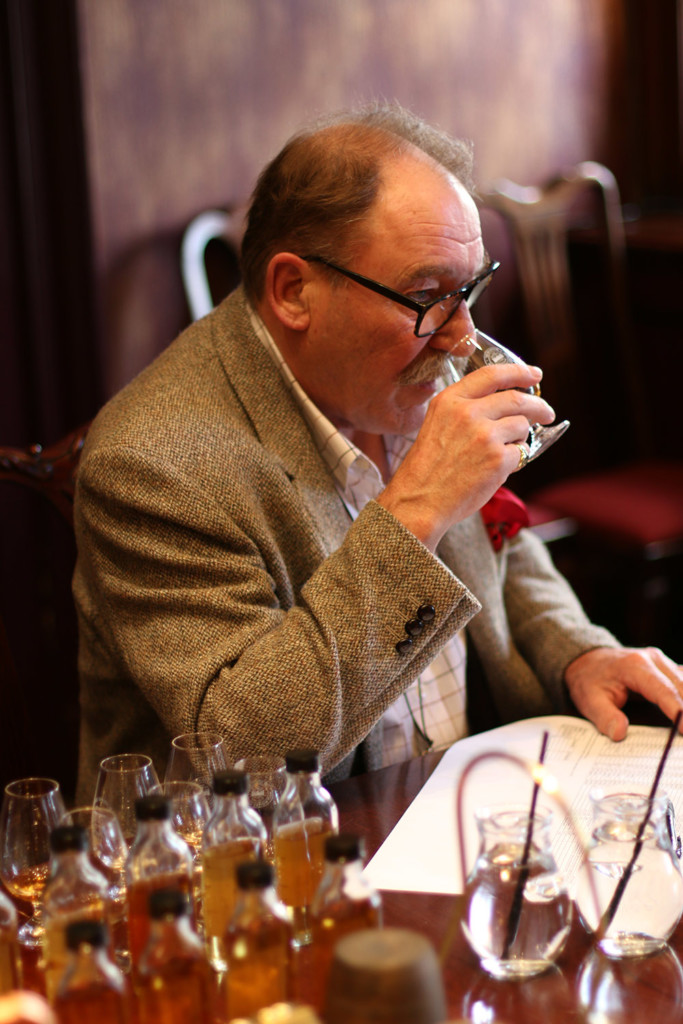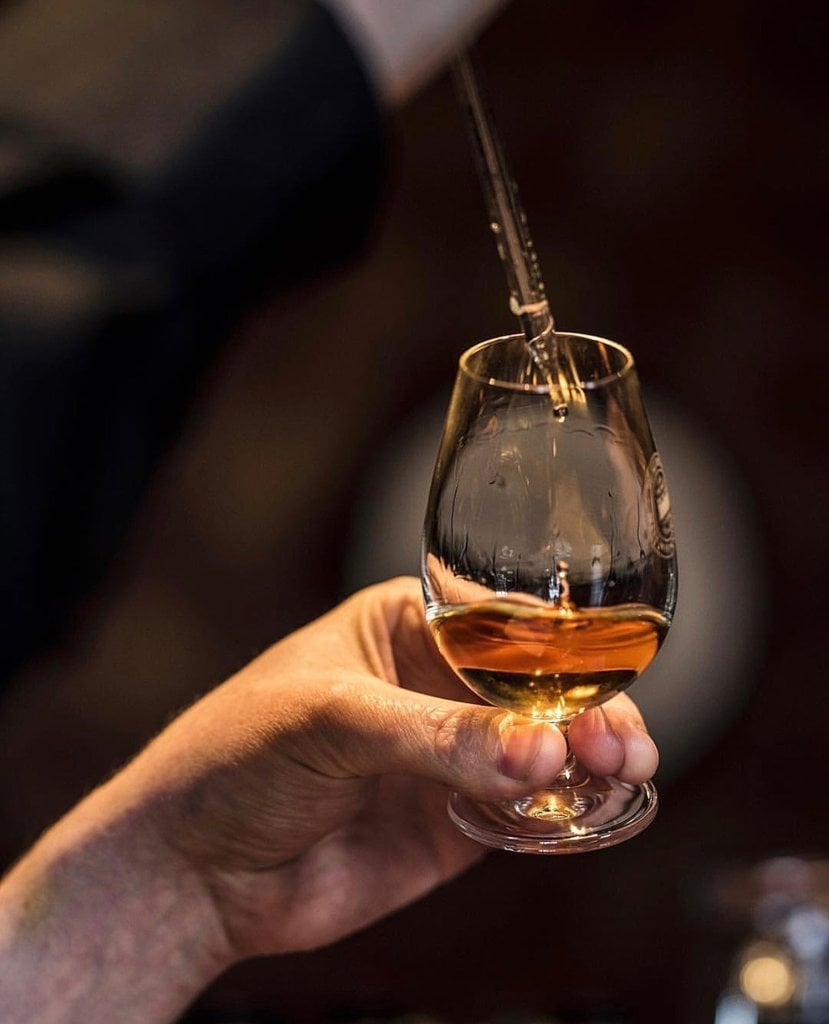When it comes to appreciating a great whisky, there are a few techniques that I have adopted to ensure I get the most out of my tasting experience.
Techniques such as using the right glass, making sure the spirit is served at the right temperature (not too hot, not too cold), avoiding any spicy or bold-flavoured foods just prior to the tasting and eliminating major sensory distractions has allowed me to detect more aromas and flavours from the whisky, often with greater clarity.
Perhaps the most useful technique, however, is the use of water. I regularly add a dash of room-temperature spring water to my whisky in effort to reduce the presence of alcohol and unlock more flavour. Yet oddly enough, this simple act has become a heated debate among whisky appreciators. Some will insist that whisky, particularly single malt whisky, should always be enjoyed with 1-2 drops of water. Others claim that adding any water at all is sacrilege. “How dare you drink anything other than whisky at its purest form!”, they will say. But does adding water really change the whisky tasting experience? And how much water should be added, if at all?
When approaching the decision of whether to add water to your whisky or not, consider this: the majority of Scotch whisky sold at any given shop is already watered down prior to bottling. Distillers dilute the spirit before it is sold in effort to achieve a desired flavor profile and make it easier to drink. At The Scotch Malt Whisky Society, we take a different approach in bottling whisky at its natural cask strength. This means that the spirit has not been diluted prior to bottling and as such, will have a much higher alcohol content and concentration of flavor.
A study conducted by a group of chemists in Sweden has concluded that adding water to whisky will disrupt the main compound of guaiacol and ethanol. Guaiacol is largely responsible for the smoky aromatics and flavors within the whisky itself. Researchers found that by adding water, the guaiacol molecules are severed from the ethanol molecules, subsequently rising to the surface of the glass, carrying the spirit’s aromas and flavors with them.
World-renowned whisky writer and Society Chair Charlie MacLean (pictured right) explains,

“If you reduce the strength on the bottling line, a lot of the molecules that contribute to flavor disappear. They become volatile. If you bottle at high strength and then add water in the glass, then you get the benefit of the volatile molecules when you smell and perhaps even more important, it makes it much easier to taste and to hold in the mouth”.
So, how much water should one add to their whisky? For me, that decision will largely depend on several factors including the whisky’s unique profile and, well, my own personal palate. I often like to recommend what is called the blink test. I start by tasting the whisky neat. If the alcohol forces me to blink, that’s usually a sign that my mind is more focused on fending off the high proof of the alcohol rather than the flavors of the spirit itself. I generally enjoy my whisky at a point where the alcohol is present but not so strong that it distracts me from tasting all of the flavors being offered.
Take for instance Cask 9.168 Cedar bigger picture, a 15-year-old Speyside whisky bottled at 57.1%. At natural cask strength, the spirit is not quite the smooth roller its name might suggest. It’s a bright, lively and explosive spirit packing some major heat. However, with just a dash of water, the alcoholic ‘burn’ subdues, and a beautiful chocolate, caramel, and pink wafer biscuit is immediately released. It’s a spectacular whisky that in my opinion, never reaches its true potential without the chance to open up.
With this particular whisky I’ve added 5-6 drops per 1 oz and to me, this is where this particular whisky really shines. Your palate may prefer it with a few more drops or perhaps at natural cask strength. Finding your own equilibrium takes a bit of practice but once you get there, I think you will find it quite rewarding.
Now let’s look at a different whisky, particularly one that’s been aged for a longer period of time. Cask 35.228 Cigar juice is a 31-year-old Speyside whisky bottled at 48.9%, an 8.2% reduction compared to the previous. It’s a far more elegant and complex whisky with the sort of depth you would expect after a quarter century of aging but it’s also more approachable. Older spirits tend to be this way and I find that in general, the older the whisky is, the less water I add to it. Still though, just a couple drops to this whisky can reduce some of the extra heat and unlock a symphony of aromas and flavours that may not have been detected at first.
So to sum it all up, I would encourage you to go out and give water a chance. Taste the whisky neat and see how it changes with a few drops. The ability to find our own equilibrium is part of what makes cask strength whisky interesting and fun. It’s a very personal experience that we can customize to our own liking.
—
This article was originally written by Ben Dietrich from SMWS America and republished in kind. Thinking about learning more about how to properly appreciate single cask, cask strength whisky? Join the SMWS today and take full advantage of your membership from day one.








